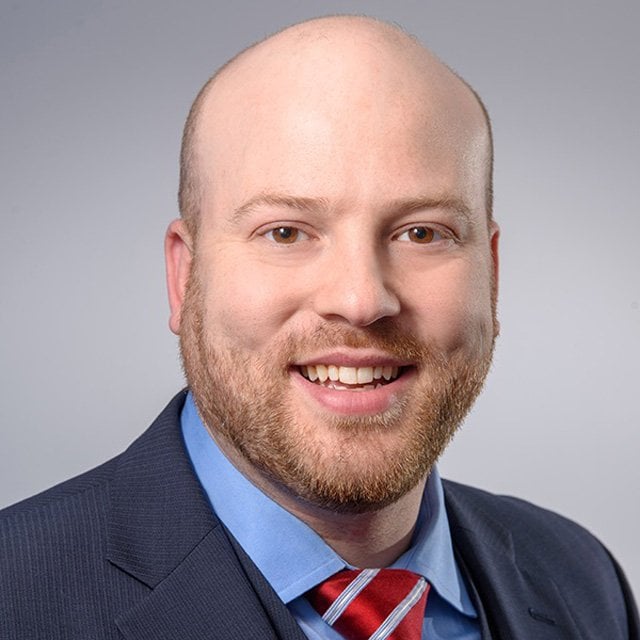Secure 2.0 Act Needs a Fix: Jeff Levine

“I think it’s flat out a mistake,” Levine writes, to which point one fellow Twitter user and CFP suggests Congress wants to see taxpayers “take their RMD test” every year until they find an applicable year. So, because a person born in 1959 turns 73 in 2032, he or she must take their first RMD in 2032.
Levine says he is not so sure about that logic, and a number of others agree with that take.
Joining the fray, Jamie Hopkins, director of retirement research at Carson Group, says this appears to be a drafting mistake and that the language cited by Levine “makes no sense.”
“Honestly, the catch up contribution provision is a bit wonky right now, too,” Hopkins writes. “But I only see this one as a mistake in drafting. With [the RMD age issue] being a decade out, it’s really not important. It could be fixed 1,000 times before it applies.”
Any drafting mistake not caught before the bill’s passage would need to be fixed later by a technical amendments bill.
Still a Favored Provision
Despite the confusion, Section 107 remains highly favored among financial planning experts, because of its potential to allow clients with increased life expectancies to enjoy multiple additional years of tax-free growth in their private savings accounts.
According to an oft-cited 2021 report from the National Bureau of Economic Research, considered in isolation, increasing the RMD age will not likely have a major discernible impact on the average retirement account balances of older Americans. Additionally, it appears to the NBER researchers that Social Security claiming behavior will not be significantly affected.
However, some groups of retirees will see meaningful improvements in their ability to achieve their financial goals thanks to a higher RMD age. For example, there would be a meaningful benefit for those retirees who have a strong bequest motive, according to the NBER researchers.
Melanie Waddell contributed reporting.






